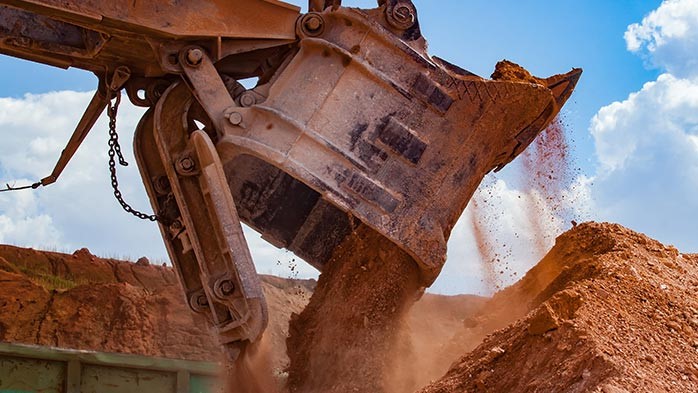

The mining sector of Guinea in 2020 has been able to withstand the COVID-19 pandemic and the electoral crises, which have been declared as a black year for the West African nation. It is the mining sector that has enabled the economy to repress the shocks caused by this unusual health crisis.

According to "summary of the activities of the Ministry of Mines and Geology in 2020", the actions carried out in the form of priority objectives set out which delivered results to be attributed to the "five-year action plan 2016- 2020” of the said ministry. As per the documents from the Ministry, there was a greater influx of investors, an intensification of operating activities and better monitoring of activities in the field, without forgetting the fact that the impacts of activities on the national economy have also increased.
This is particularly the case with the improvement of cadastral management, with “66 exploration permit renewal requests, 48 of which were processed; 33 requests for extension of Mining Titles, of which 28 were processed; 51 recognition Authorization requests processed; 36 Permanent Quarry Exploitation Authorization requests processed; 02 Temporary Quarry Exploitation Authorization requests processed; 01 Career Research Authorization request processed; 93 requests for research permits processed; 08 Semi-industrial Exploitation Permit applications processed; 05 Industrial Exploitation Permit applications processed; 01 Mining Concession request processed; 01 requests for the provision of an Exploitation Zone; 06 requests for the provision of the Strategic Zones processed”.
According to the department in charge of mines, other results secured are at the level of "improvement of the framework for investments in this year" which "contributed to the increase in investment commitments in the mining sector.”
The document list illustrates the signing of the agreement between the Guinean State and the Chalco Company for the construction of an alumina plant in the prefecture of Boffa and diversification of investment through integrated mining projects among others.
The most eloquent illustration of the investment framework, again according to the document, is "the production of bauxite which now exceeds 70 million tonnes, thus enabling Guinea to rise to the second place of world producer of bauxite behind Australia.”
Monitoring of mining activities is also one of the objectives achieved by the ministry, which has produced results with enhancing the performance of the bauxite among other minerals mined.
Responses








